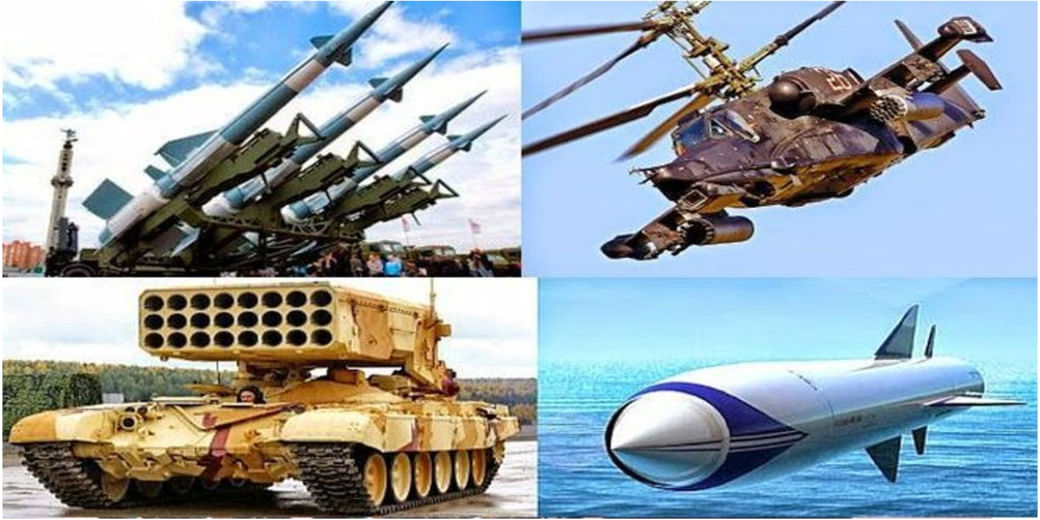Aggressive rise of the defence sector
HAL, Data Patterns and Bharat Dynamics are some of the top companies in defence sector

India is facing geopolitical tensions at China and Pakistan border. At the same time it is looking to become a superpower. You can’t become that without a very strong military. So, all that means growth opportunities for defence companies. The government has also realised that and it has taken various initiatives to promote the sector. India is targeting to achieve a turnover of Rs 1.75 lk cr and exports of Rs 35,000 cr by 2025. The Ministry of Defence got Rs 5.94 lk Cr in budget. This is 13% of the total budget.
Capital outlay has increased from 1.52 lk cr to 1.62 lk cr. Out of the total defence procurement budget, 75% is earmarked for domestic procurement. Which stands close to Rs 1 lk Cr. So this is a business opportunity for Indian defence companies. It has made four positive indigenization lists for weapons and systems. It has also made four positive indigenization lists for sub-components. Other initiatives are also taken such as Defence Production and Export Promotion Policy 2020, for transforming India into a global manufacturing hub it also released Defence Acquisition Procedure. India has increased FDI in defence sector by up to 74% through the automatic route and by the government route it is 100%.
Here two risks are apparent for the sector. Preventing imports may lead to retaliation from other countries and at the same time increasing FDI can lead to higher competition for the companies. So companies with a higher competitive advantage and propensity for improvement will gain.
HAL, Data Patterns and Bharat Dynamics are some of the top companies in defence sector.
HAL has a competitive advantage due to its monopoly status. With the opening of the sector, the monopoly may end. So HAL needs to focus on other advantages. It has first mover advantage in a complex industry and that creates entry barriers for new players, global players looking to penetrate India may become a threat but they might find it difficult to deal with Indian systems that too in critical space like defence. So they may enter India through a partnership with HAL. HAL already has business with Lockheed Martin, Dassault etc. The company also has a huge focus on R&D (acquired more than 600 IPRs). Also, the company is highly competent in the absorption of technology transfer. HAL is also negotiations with various countries in Asia, Africa and South America.
Then comes Data Patterns. It is a private vertically integrated company that makes defence systems like radars, missile launchers etc. It is a highly innovative company that tries to stay ahead of the competition through innovation. It is vertically integrated so technical know-how is kept in-house. Although its customers are huge and that generally means lower bargaining power but Data Patterns makes critical components and has a good reputation. This creates switching costs for suppliers. This wil also act as an entry barrier. Also, growth in the company will provide it economies of scale advantage.
Another company on radar is Bharat Dynamics. It produces missiles and has similar advantages to HAL and Data Patterns. The company is looking to create its Moat around innovation and state-of-the-art technology. Complexity and huge infrastructure spending will create entry barriers while a strong order book will allow the company to grow and leverage economies of scale to become cost-effective. If the company can successfully execute this then it will sustain a strong MOAT and would be able to maintain its dominant position.
Major risk in the case of HAL and Bharat Dynamics is the bureaucratic nature of PSUs which acts as a hurdle in execution. While for Data Patterns, as the company will grow its management will become more complex. However, the company’s technocratic nature means it would fuel growth with digitization. This will aid in managing a complex growing firm.
Although the Defence sector is a sunrise sector and these are some of the top companies in the sector but it has risen a lot in recent times so before making any investment decisions consult with your financial advisor.